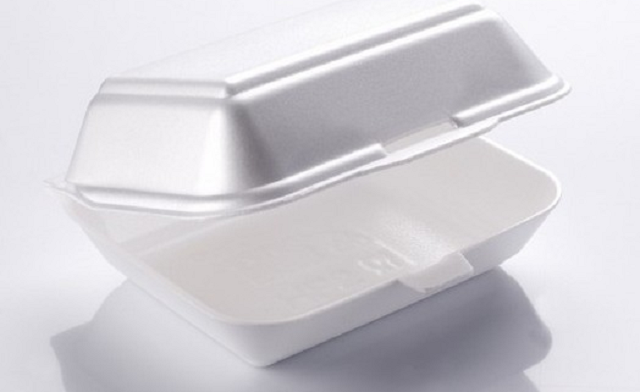Kaylite ban: Food outlets cry foul

Nqobile Tshili, Chronicle Correspondent
FAST food outlets and suppliers of kaylite have said the Government’s ban of the expanded polystyrene packaging material has left them in the cold with no alternative to package their products.
The Environmental Management Agency on Wednesday invoked Statutory 84 of 2012 which prohibits the manufacturing or importation of expanded polystyrene (kaylite) for or commercial distribution within Zimbabwe.
Businesses that continue using kaylite face a $5 000 fine and or up to one year in prison.
A snap survey by The Chronicle yesterday revealed that most fast food outlets had defied the ban.
The shops argued that the ban caught them unaware and it did not give them an opportunity to find suitable packaging alternatives.
“We were shocked when we read about the ban in The Chronicle this morning. This was done without consultation or warning. We can’t stop offering food to our customers because we don’t have an alternative,” said a manager at one of the city’s food out lets, who declined to be named, fearing that her shop would be targeted.
“Before banning kaylite, EMA should have recommended a suitable option for packaging because as it is we don’t know what else to do.”
A majority of fast food outlet operators said they would adopt a wait and see attitude while others professed ignorance over the ban.
“As far as we are concerned nothing has changed. There is no formal communication to us,” said one player.
Mr Hlanganani Ncube, a supplier of kaylite, said the ban was pushing him out of business.
He said his clients were already panicking as they also do not have a substitute for kaylite.
“Just this morning I had over 20 clients calling and inquiring if we have alternative packaging material. They were panicking because a $5 000 fine could shut down their businesses. We don’t have suitable material to substitute kaylite, which is popular with take away shops,” he said.
Mr Ncube said although he was also selling card box food packaging material, it was not selling as well as kaylite because liquid food seeped through it.
“What will happen to the stock that we already have. We should have been given a grace period to clear our stock instead of EMA’s irrational decision to ban the kaylite overnight,” he said.
EMA spokesperson Mr Steady Kangata said there was no going back on the activation of SI 84 of 2012 as the deadline for the ban was long overdue.
He said in December 2015, the Minister of Environment, Water and Climate, Cde Oppah Muchinguri-Kashiri, gave a six- month grace period which ended in June 2016 for players to remove kaylite from the market but they remained defiant.
Mr Kangata said cone based packaging was a viable alternative that businesses were ignoring.
“There is also the cone based packaging which is biodegradable plastic. The alternatives are there. Kaylite emerged in 1999, before that kaylite was not there. However, restaurants were there even in suburbs such as Makokoba and Sizinda. People were eating take away food even before kaylite emerged,” he said.
Exposure to chemicals emitted by heated kaylite causes headaches, weakness, respiratory tract, gastrointestinal and minor kidney infections.
It also decreases concentration abilities and may cause irritation of the mucous membrane and affect the eyes, nose and throat.
Studies have shown that increased styrene exposure leads to chromosomal damage, abnormal pulmonary function and cancer. — @nqotshili.











Comments